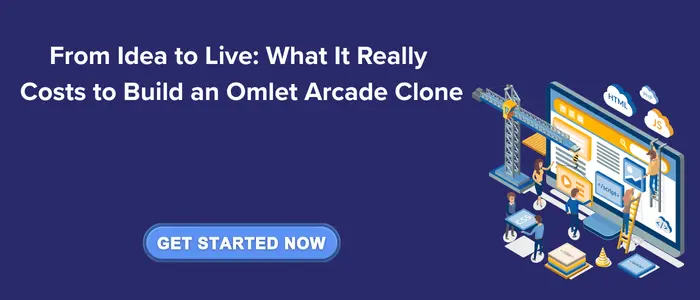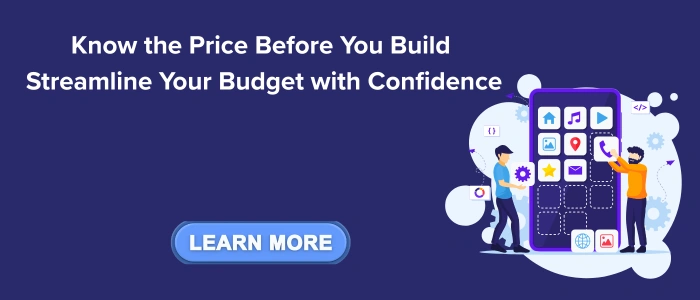Live streaming has emerged as one of the most engaging digital formats in recent years, revolutionizing how users interact with content. With platforms like Omlet Arcade offering gamers a seamless and interactive way to broadcast their gameplay, the demand for such apps has skyrocketed. If you’re considering building a similar application, one of the most critical questions is: How much does it cost to develop a live streaming app like Omlet Arcade?
In this blog, we will explore the factors that influence the development cost, key features to consider, tech stack options, and insights into monetization strategies.
Understanding Omlet Arcade: A Benchmark for Live Streaming Apps
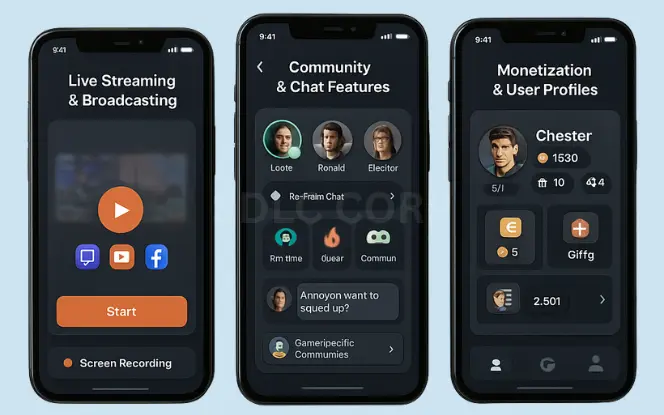
Omlet Arcade is a platform that allows users to live stream their gameplay across multiple platforms like Twitch, YouTube, and Facebook. It features social media-like interactions, in-game voice chats, and real-time collaborations. To replicate or improve on such an app, a comprehensive understanding of its core functionalities is essential.
Key Features of Omlet Arcade:
- Multi-platform live streaming
- Real-time voice chat
- Game-specific communities
- In-app currency and gifting
- Screen recording and broadcasting
- Group streaming
- User profiles and friends system
These features make Omlet Arcade an all-encompassing solution for gamers and serve as the basis for estimating development efforts and costs.
Explore: Grocery Delivery App Development
Core Components That Influence Development Cost
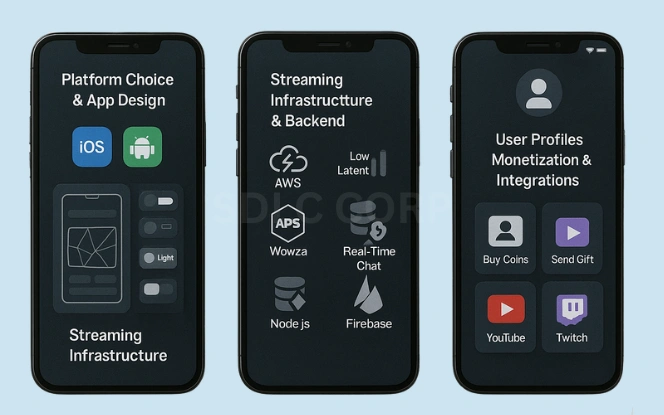
Developing a live streaming app like Omlet Arcade involves several components, each affecting the overall budget. Here’s a breakdown:
1. Platform Choice (iOS, Android, or Both)
Building for a single platform (iOS or Android) is less expensive than developing a cross-platform app. However, most live streaming apps aim to reach the widest audience possible, requiring development for both platforms.
2. App Design (UI/UX)
A seamless, user-friendly interface is crucial. Custom animations, real-time overlays, and dark/light modes can significantly increase the design time and cost.
3. Live Streaming Infrastructure
Implementing stable and low-latency live streaming requires robust backend infrastructure. Using third-party services like Wowza, Agora, or AWS Media Services can streamline this but may add recurring costs.
4. Backend Development and Database Management
Handling user data, stream metadata, and chat logs demands a scalable backend solution. Consider using technologies like Node.js, Firebase, or MongoDB.
5. Authentication and User Profiles
Secure logins, profile management, and synchronization with social media accounts require thorough development and testing.
6. In-app Purchases and Monetization Tools
To mimic Omlet Arcade’s monetization, features like virtual gifts, subscriptions, and ad placements must be integrated.
7. Third-party Integrations
Linking with platforms like YouTube, Facebook, or Twitch for cross-streaming necessitates API integrations.
Also Read: How to Develop an App like Fitness ClassPass
Development Phases and Time Estimation
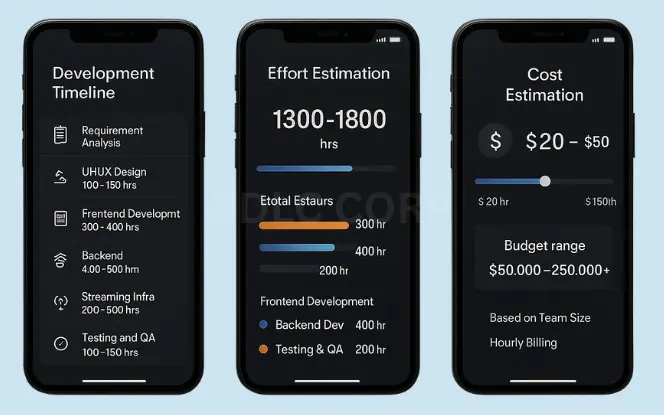
| Development Phase | Estimated Hours |
|---|---|
| Requirement Analysis | 40–60 hrs |
| UI/UX Design | 100–150 hrs |
| Frontend Development | 300–400 hrs |
| Backend Development | 400–500 hrs |
| Streaming Infrastructure | 200–300 hrs |
| Testing and QA | 150–200 hrs |
| Deployment and Support | 100–150 hrs |
This means the total development time ranges between 1300 to 1800 hours. Depending on the hourly rate of developers (typically $20 to $150/hour), the cost to build a live streaming app like Omlet Arcade could range from $50,000 to $250,000 or more.
Tech Stack Recommendations

Choosing the right technology stack is crucial for performance and scalability:
Frontend:
- Swift (iOS)
- Kotlin (Android)
- React Native or Flutter (Cross-platform)
Backend:
- Node.js or Django
- Firebase for real-time database and notifications
- AWS or Google Cloud for hosting
Streaming Engine:
- Wowza
- Agora.io
- AWS MediaLive
Database:
- MongoDB
- PostgreSQL
Others:
- Stripe or Razorpay for payments
- OAuth for authentication
- Sendbird or Twilio for chat and voice features
Monetization Strategies
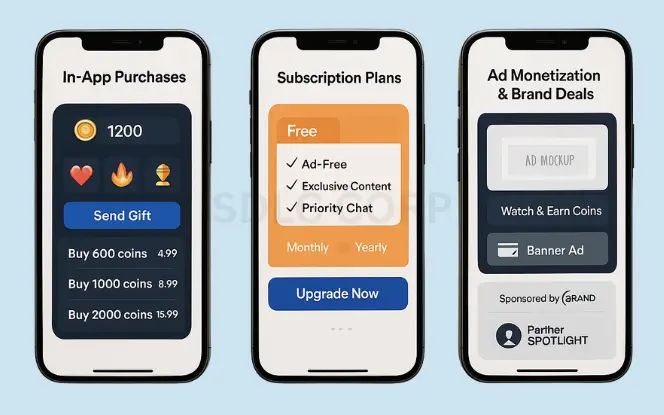
A live streaming app’s success is often tied to how effectively it generates revenue. Here are some common methods:
a. In-app Purchases
Offer users the ability to buy virtual coins or gifts that can be sent to streamers.
b. Subscription Plans
Create premium memberships that offer enhanced features such as exclusive content, ad-free experience, or priority streaming.
c. Ad Monetization
Integrate native ads, rewarded videos, or banners to monetize free users.
d. Sponsorships and Brand Partnerships
Partner with game developers, gear manufacturers, or other brands to promote their products within the app.
Hidden and Ongoing Costs
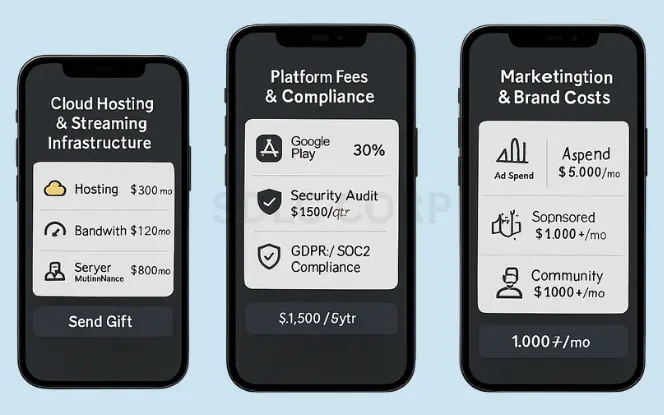
Beyond development, consider these additional expenses:
- Cloud hosting and bandwidth charges
- Streaming server maintenance
- App Store/Google Play fees
- Security and data compliance audits
- Marketing and user acquisition
- Customer support and community management
Ongoing costs can average between $1,000 to $10,000/month, depending on the user base.
Read More: Develop a game like Free Fire
Challenges in Developing a Game Streaming App
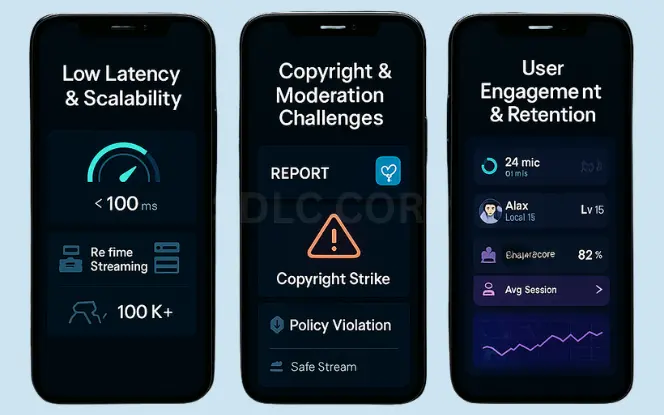
Developing a live streaming platform, especially for gamers, comes with its unique challenges:
- Ensuring low-latency and high-quality streams
- Managing large concurrent user loads
- Preventing copyright and policy violations
- Implementing effective moderation and reporting systems
- Keeping user engagement high amidst competition
Each of these issues requires specialized planning and resources.
Tips to Optimize Development Cost
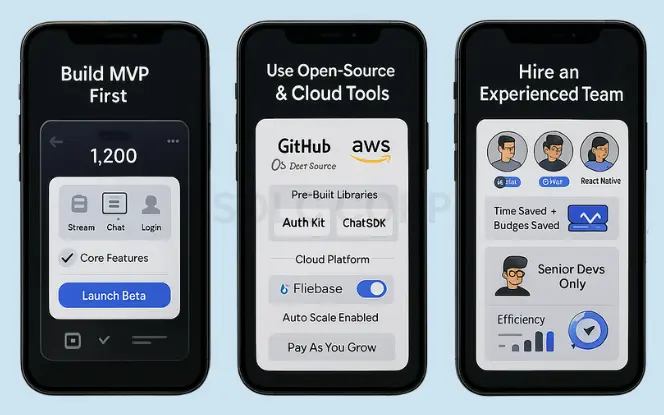
- Start with an MVP (Minimum Viable Product): Build only core features initially to test market response.
- Use Open-source Solutions: Incorporate pre-built libraries where possible.
- Leverage Cloud-based Services: Opt for scalable services that adjust based on usage.
- Hire an Experienced Team: Skilled developers can complete tasks more efficiently, saving time and cost in the long run.
Explore: How Long Does it Take to Develop an App: Key Factors & Steps
Conclusion
The cost to develop a live streaming app like Omlet Arcade varies greatly depending on your feature set, technology choices, and development strategy. While basic apps may start at $50,000, a feature-rich platform with robust streaming and monetization features can go upwards of $250,000.
If you’re serious about launching your own live streaming app, contact SDLC CORP. You can build an impactful, cost-efficient solution.
FAQ's
How Long Does It Take to Develop a Live Streaming App Like Omlet Arcade?
The development timeline depends on the app’s complexity, but typically ranges from 4 to 8 months. A basic MVP may take 3-4 months, while a feature-rich app with advanced streaming and monetization features can take longer.
Can I Start With a Minimum Viable Product (MVP)?
Absolutely. Starting with an MVP helps validate your idea, minimize risks, and reduce upfront costs. You can launch with core features like live streaming, user profiles, and chat, then scale up based on user feedback.
What is the Best Tech Stack for a Live Streaming Mobile App?
Commonly used technologies include React Native or Flutter for cross-platform development, Node.js or Firebase for the backend, and Agora.io, Wowza, or AWS MediaLive for real-time streaming.
Do I Need a Separate Backend for Live Streaming?
Yes. A robust backend is essential to handle user data, stream metadata, real-time chat, notifications, and integrations. It ensures scalability, performance, and data security.
How Can I Monetize My Live Streaming App?
Popular monetization strategies include in-app purchases, subscription plans, advertising, and brand partnerships. Virtual gifting and VIP memberships are also effective methods, especially in the gaming community.

